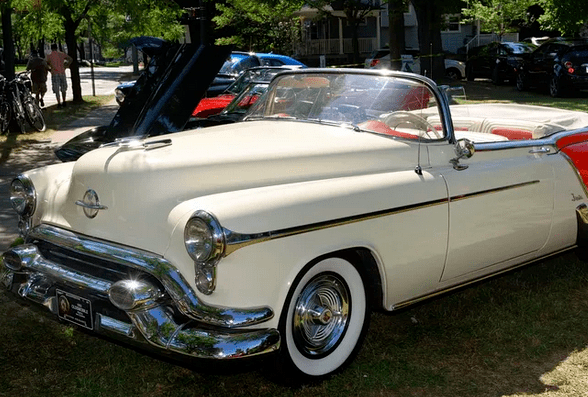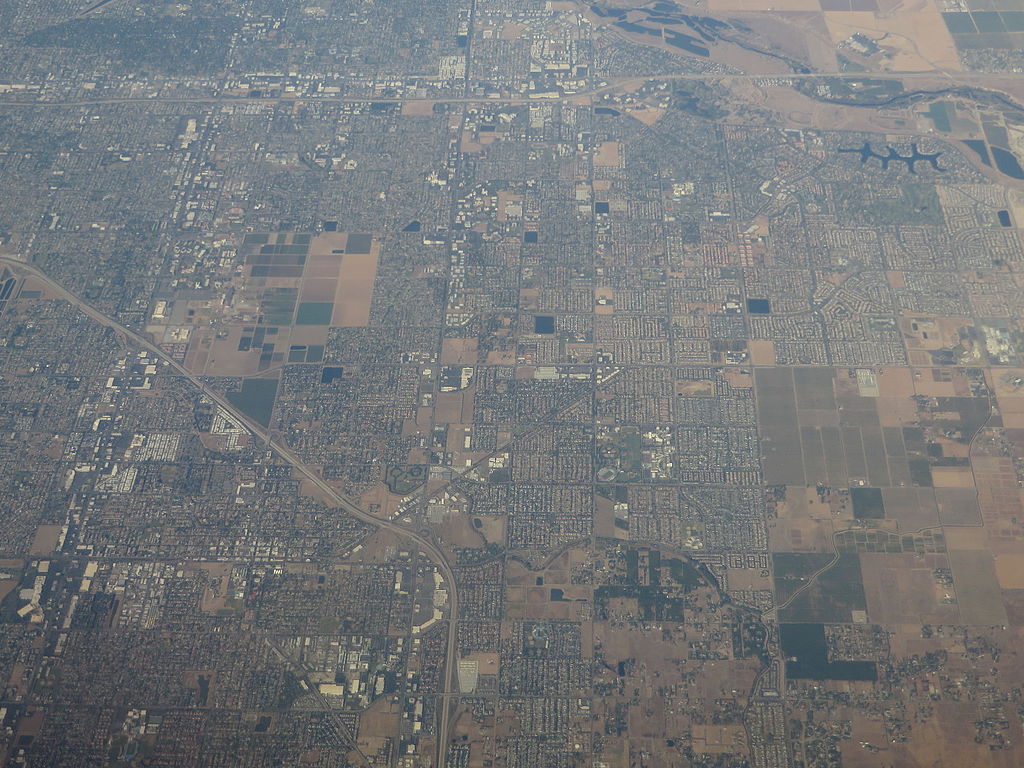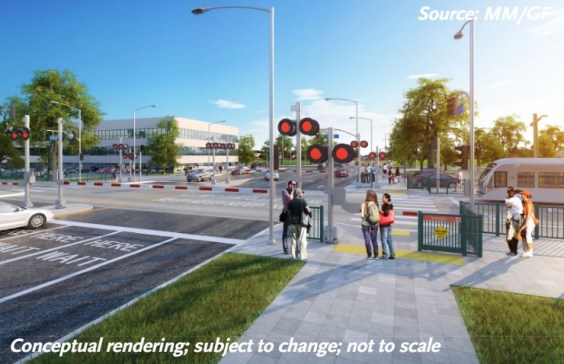Note: This piece was originally published in the California Planning & Development Report. Reprinted with permission.
Let us briefly praise the internal combustion engine.
The State of California will prohibit the sale of gasoline-powered vehicles as of 2035. Thus begins the farewell tour for a scourge that first oozed out of the ground and into the sky some 140 years ago. Nobody alive today was around when gasoline-powered vehicles were invented. But many of us can eagerly await the day when they begin to fade away. It's a shame that so many people had to die in the interim.
Economists, energy analysts, and even psychologists will debate and anticipate the impacts of a gas-free future. I expect it will, on balance, be far better than the status quo. But trade-offs will be made (oil drilling for cobalt and nickel mining, for instance) and unintended consequences will arise, as they always do with major technological shifts.
Let's discuss, though, one of the unintended benefits of the late automobile era.
Back in 2005, the prospect of widespread use of electric vehicles -- much less ones that could outdrive the gnarliest hot rods of the day -- was, if not unthinkable, at least implausible. That year, Californian drivers emitted roughly 180 million tons of carbon into our 1.01 million cubic miles of troposphere.
Every urban planner knows what happened next: Assembly Bill 32, Senate Bill 375, Senate Bill 743, CARB emissions targets, and a host of other, complementary bills and regulations designed to demonize airborne carbon in all its forms. It’s worked, to an extent. In 2019, emissions from transportation were down to about 165 million metric tons, while the state’s population grew by 3.5 million.
The ban on selling gas-powered cars is, in many ways, the culmination of these efforts.
Though each of these laws primarily takes aim at climate change, they had the distinct, nontrivial side benefit of promoting better urbanism. Reduced GHG's may be the goal, but, directly through S.B. 375 and somewhat less directly through S.B. 743, the means of attaining the goal run directly through cities. Ideally, they run on a bike, a bus, or a pair of feet and end up in dense, mixed-used neighborhoods that are as attractive aesthetically as they are climate-friendly.
California surely needs to reduce pollution. But, just as surely, it also needs to make nicer cities. The trouble with "nicer cities" is inherent in the phrase itself: it's vague, subjective, and debatable. Public policy loves metrics, though. The more definitive a measure, the better. If you can say what you want, you can figure out how to get it, and, later on, you can evaluate whether you've gotten what you want. That's why public policy does an utterly lousy job when the goal is "I want something more like Paris..." or "make it less ugly..." But it has proven moderately competent at reducing per capita emissions. Fortunately, these two goals complement each other in California's regulations, with Paris riding the coattails of carbon reduction.
And that's where we need to thank the conventional car. It was just awful enough, at just the right moment, to inspire a revolution in land use regulation.
Most of the climate regulations that promote good urbanism do so based on the premise that cars emit carbon. We want to reduce driving in order to reduce carbon emissions, and pleasant, walkable, convenient communities are fortuitous byproducts. CARB's order essentially obviates this aspect of those regulations. An electric car's emissions are essentially negligible, whether it's easing down a woonerf to the farmer's market or rocketing toward the outer suburbs in Ludicrous Mode. If laws such as S.B. 375 weren't already on the books, they probably would have much harder time getting on there now.
Fortunately, and amazingly, we may have preempted the worst of the damage. Thanks to the (very legitimate) concern about climate change and to the relative measurability of carbon emissions, we managed to adopt a nice bunch of laws that, even if their climate raison d’etre were to become irrelevant, stand to benefit California's cities for generations to come.
So much for the good news.
As I wrote a while back about Elon Musk's Hyperloop (emphasis on the hype), a revolution in propulsion is not the same thing as a revolution in transportation. The popularization of cars with electric motors is still the popularization of cars. Electric cars enjoy open streets, spacious garages, free parking spaces, and superhighways just as much as gas-powered ones do. By reducing the "pain" of driving, EVs on their own – absent S.B. 375 and other regulations and cultural shifts – could induce sprawl, thus perpetuating all the unpleasant, antisocial shortcomings of 20th century urbanism.
Driving an EV is like eating fat-free ice cream: it might not have fat, but it still has a ton of sugar. (Doubly so if it’s the four-ton horror show of the electric Hummer. Triply so if it’s automated someday.)
This means that California's progressive planners are going to have to be more vigilant. They're going to have to implement those Sustainable Communities Strategies and convince stakeholders to accept density more enthusiastically than ever. They're going to have to keep giving Californians reasons to get out of their cars, no matter what fuels them. Planners must strive for these goals whether they like the aesthetics, culture, vitality, and sociability of dense cities or whether they’d like the oxygen, fresh water, and tolerable climate of a healthy planet. It’s almost impossible to achieve true sustainability without good urbanism, and vice-versa.
Cars are still cars, electric or not. They still take up space. They still require energy and infrastructure. They can still kill occupants and bystanders alike. They still make people lazy and antisocial. Walking, biking, rolling, scooting, and bus-riding are all preferable to lithium mining and highway-building if we want to be sustainable. Even if we can marvel at the 0-60 acceleration of a Tesla or the MPG equivalent of a Rivian, there's still no car that’s as nice, healthy, safe, and eco-friendly as the cities we are capable of building – even here in “car-crazy California” – if we put our minds to it.
At this very moment, some very smart industrialists will be putting massive doses of excitement, energy, and innovative spirit into products that will inherit our car market in thirteen short years. Their efforts will produce some pretty sweet rides, I’m sure. And if California’s planners do the exact same thing, we’ll need far fewer of them.





